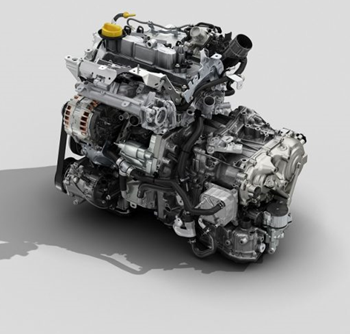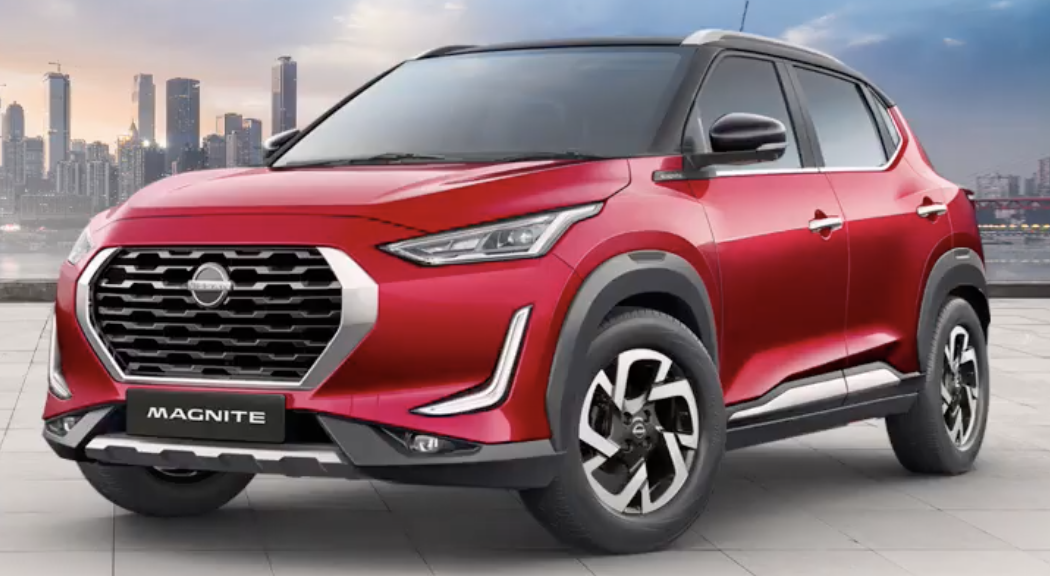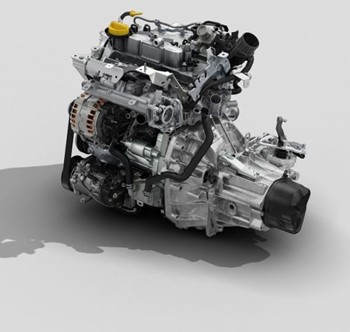A couple of weeks ago Nissan in a Global event unveiled the Magnite SUV to the world. The brand revealed that the production of the much-awaited B-SUV has already commenced and the Made in India car will go on sale soon. During the global unveil Nissan only revealed the exteriors and interiors of the Magnite and now the brand has revealed all the technical specifications of the Nissan Magnite.
The all-new Nissan Magnite will be powered by a three-cylinder water-cooled engine with a displacement of 999cc. The engine comes in two iterations a B4D 1.0-litre dual VVT equipped naturally-aspirated petrol mill that produces 72 PS of power and 92 Nm of torque matched to a 5-speed manual transmission. Another option is the powerful HRA0 Turbo-Petrol engine that produces 100 Hp of power and 160 Nm of torque on the 5-speed manual gearbox and 152 Nm of torque on the X-TRONIC CVT automatic gearbox.
In terms of its exterior dimensions, the new Nissan Magnite measures 3994mm in length, 1758mm in width, 1572mm in height, 2500mm of the wheelbase, 205mm of the ground clearance, 336mm of boot space and a 40-litre fuel tank capacity. In terms of fuel efficiency, the naturally-aspirated Nissan Magnite claims a fuel economy of 18.75 km to a litre which the turbo-petrol manual claims 20 kmpl and the CVT auto claims 17.7 kmpl.
In terms of the engine features, the B4D naturally-aspirated motor comes with Nissan’s Dual VVT variable valve timing technology that not only offers a linear response in a wide rev range, the engine is also easier to maintain. On the other hand, the HRAO turbo engine comes with mirror bore cylinder coating technology borrowed from the Nissan GT-R supercar reducing the overall weight and friction also improving the thermal efficiency and fuel use. The HRAO engine also emits lower CO2 emissions at 118.5g/km thanks to the improved engine packaging that allows the catalyst to warm up quickly and the use of special materials such as an elastic accessory belt that allows the engine to run without a tensioner, reducing weight and friction that automatically convert to lower NVH levels and higher fuel efficiency.




